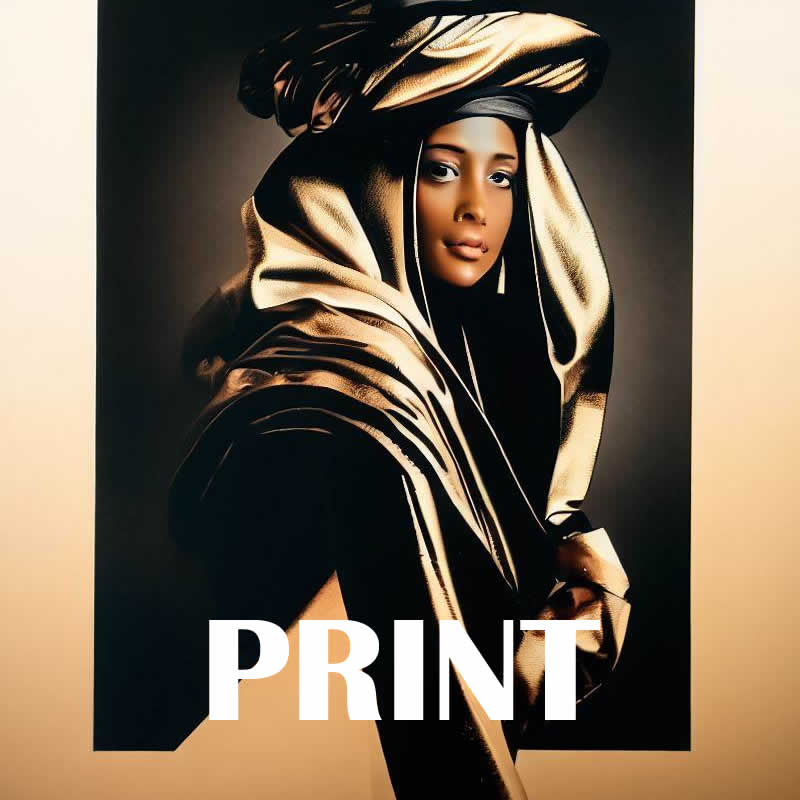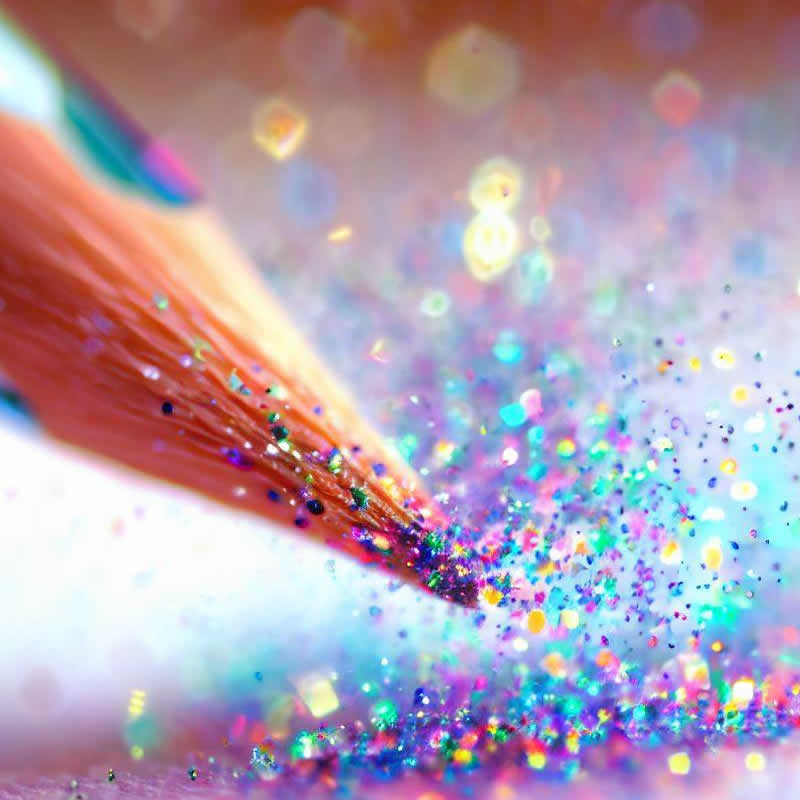
In today’s digital landscape, where user expectations are high, mastering web design best practices is essential for creating engaging and effective websites. A well-designed website not only captivates visitors but also offers a seamless and intuitive user experience. In this article, we delve into the world of web design, exploring the key best practices that empower designers to craft websites that leave a lasting impression and delight users.
User-Centric Design
The cornerstone of web design best practices is putting the user at the center of the design process. Understanding the needs, preferences, and behaviors of the target audience is crucial in creating an intuitive and user-friendly interface. Empathizing with users enables designers to anticipate their expectations, leading to enhanced user satisfaction and engagement.
Designers must conduct thorough research to gain insights into their target audience. This research includes analyzing user demographics, studying their behavior patterns, and conducting user surveys or interviews. By understanding their users’ goals and motivations, designers can create a website that meets their needs effectively.
Once designers have a clear understanding of their users, they can focus on creating user personas. User personas are fictional characters that represent different user types. These personas help designers visualize and empathize with their users, enabling them to make design decisions that align with their preferences and goals.
Mobile Responsiveness
Continue reading Mastering Web Design: Embracing Best Practices for Optimal User Experience




